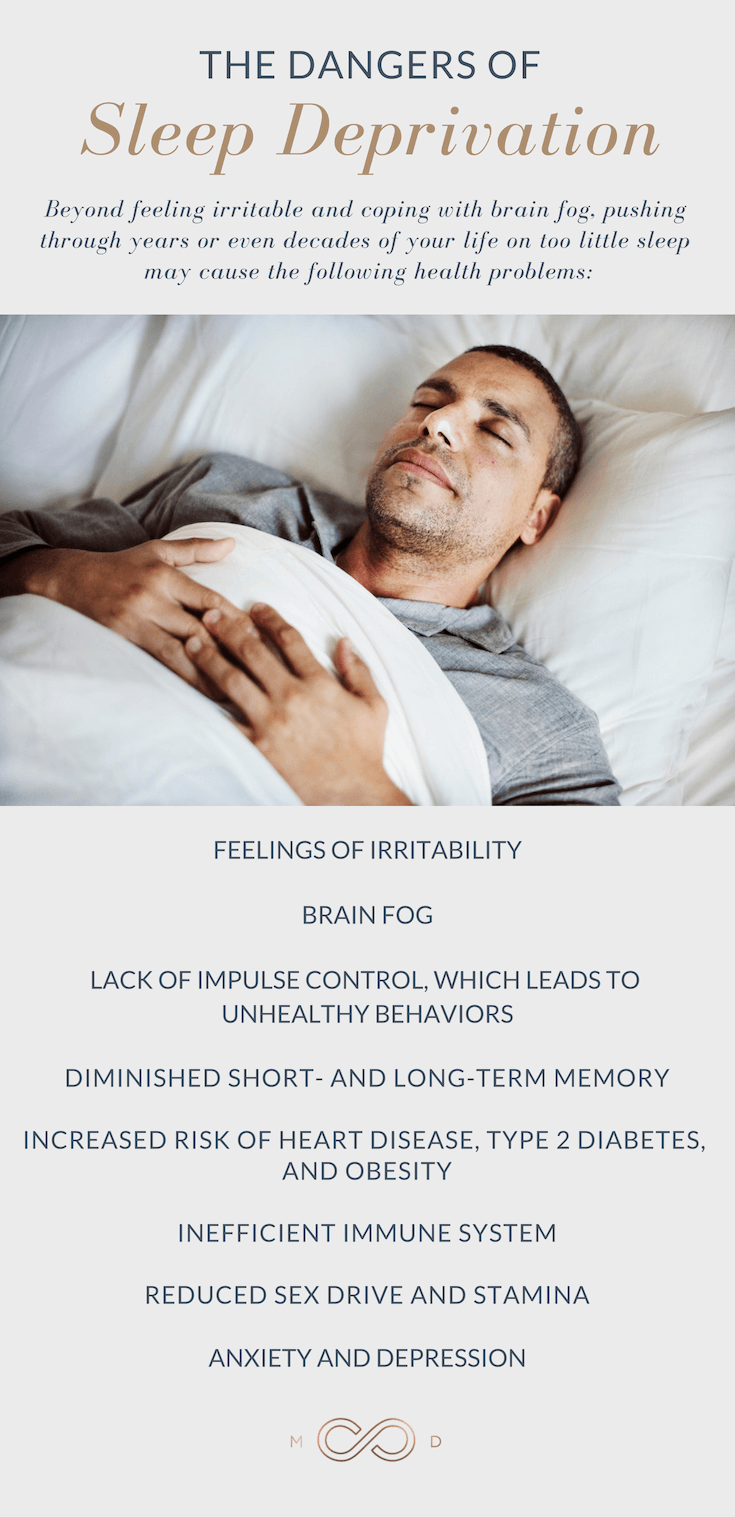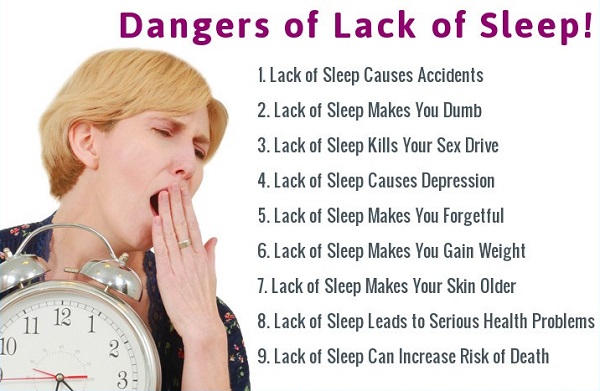

What’s the difference between REM sleep and deep sleep?ĭeep sleep occurs in the NREM 3 phase. This is why many dreams take place in the morning. After you’ve been asleep for about 6 hours, most of your sleep will be REM sleep. (You get most of your deep sleep in the early part of the night.)īut as the night progresses, you’ll spend more time in REM sleep. Right after you fall asleep, your sleep cycles will mostly be non-REM sleep. The length of each sleep stage in a cycle depends on how long you have been asleep. Each cycle lasts for about 90 to 120 minutes, and most people naturally wake up after four to six sleep cycles. This is the stage in which dreaming tends to occur.Īfter REM sleep, the cycle starts over again. Your breathing rate tends to become more irregular. Most of your muscles become weak and don’t move, but your breathing muscles and eye muscles are active. REM sleep: As noted above, this is actually not a “restful” phase of sleep. Even though it’s the stage of deepest sleep, sleep disturbances like sleep-walking, sleep-talking, and bedwetting tend to happen during this phase.

If you are woken up during this stage, you might have some mental fogginess for the first 30 minutes or so. During this stage, even loud sounds might not wake you up. This is the stage during which teeth grinding tends to occur.ĭeepest sleep (NREM 3): This is the deepest stage of sleep and the hardest to wake up from. This is the lightest and shortest sleep stage and usually lasts up to 5 minutes.ĭeeper sleep (NREM 2): You start to enter deeper sleep in NREM 2, and your heart rate and body temperature drop. Your breathing rate stays the same as it is while you’re awake, and your muscle tone is normal. Light sleep (NREM 1): This happens just after you move from wakefulness into sleep. NREM sleep is broken down into three distinct phases (NREM 1, 2, and 3). There are two main sleep stages: REM sleep and non-REM (NREM) sleep. In each sleep cycle, you move through four stages of sleep. In a typical night of sleep, you go through several sleep cycles. The level of brain activity during REM sleep is very similar to when you’re awake, but without the same level of conscious awareness. Increased brain activity: During REM sleep, your brain is quite active. But it seems to be caused by changes in signals that are sent from the brain to the muscles. Researchers are still figuring out exactly how and why this happens. Muscle atonia: During REM sleep, your arms and legs (skeletal muscles) experience a type of temporary paralysis known as muscle atonia. The eyes do not send visual information to your brain, however. Rapid eye movements: Your eyelids remain closed, but your eyes move around rapidly in different directions. There are three components of REM sleep in humans:

But we do know that REM sleep is a complex and surprisingly active state. Researchers are still uncovering more about why and how we dream. The name comes from the rapid eye movements that are observed during this phase of sleep. REM sleep is the stage of sleep during which dreaming usually happens. Humans have two main stages of sleep - rapid eye movement (REM) sleep and non-REM sleep. And although sleep may seem uneventful, there’s actually a lot going on while you’re sleeping. After a day of being awake and active, both your brain and body need sleep.


 0 kommentar(er)
0 kommentar(er)
